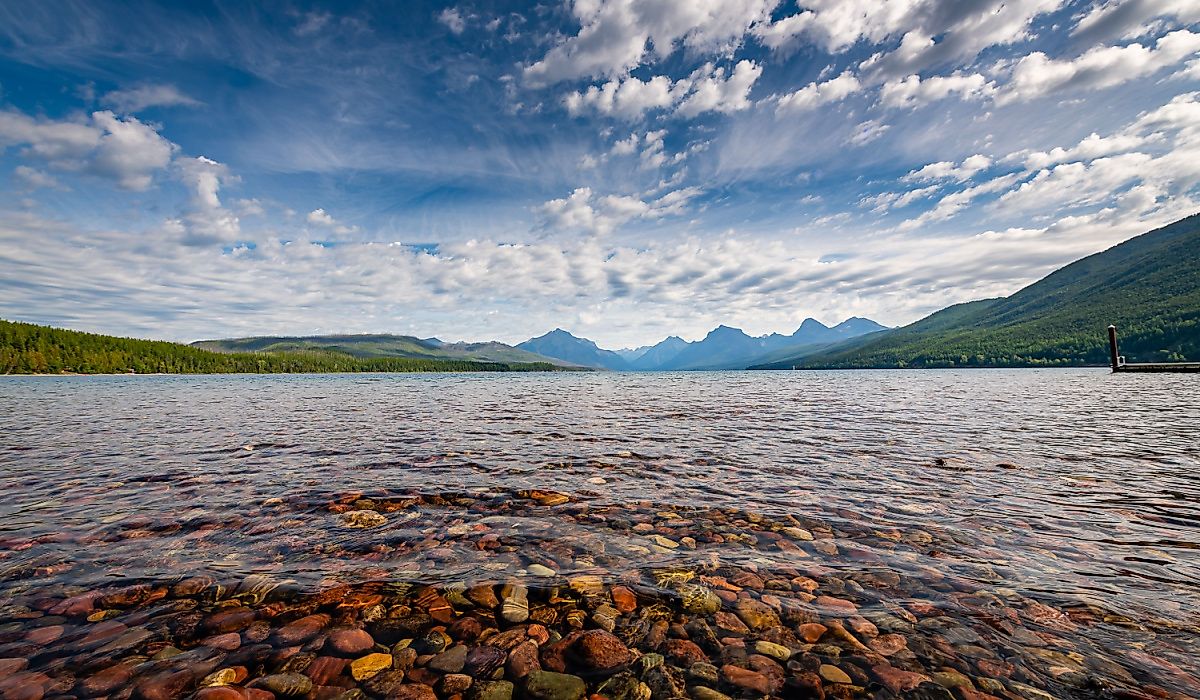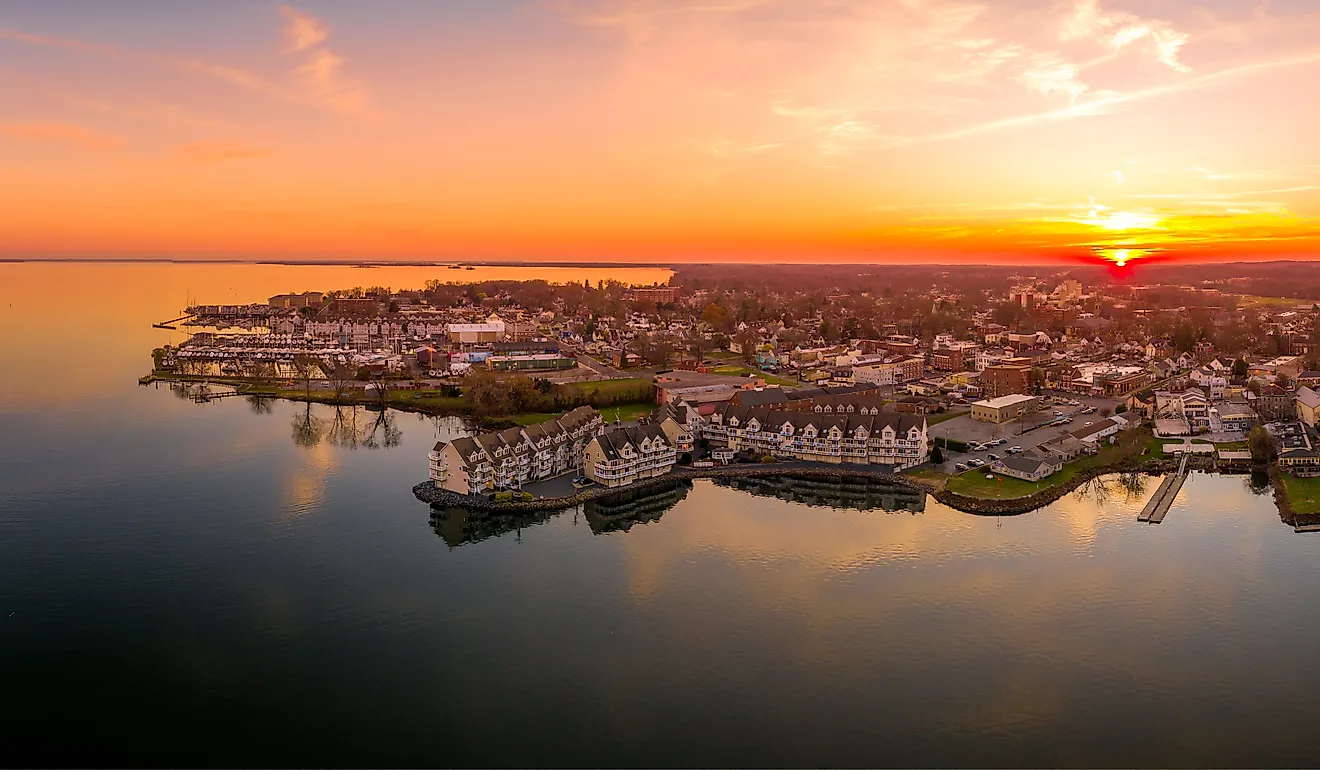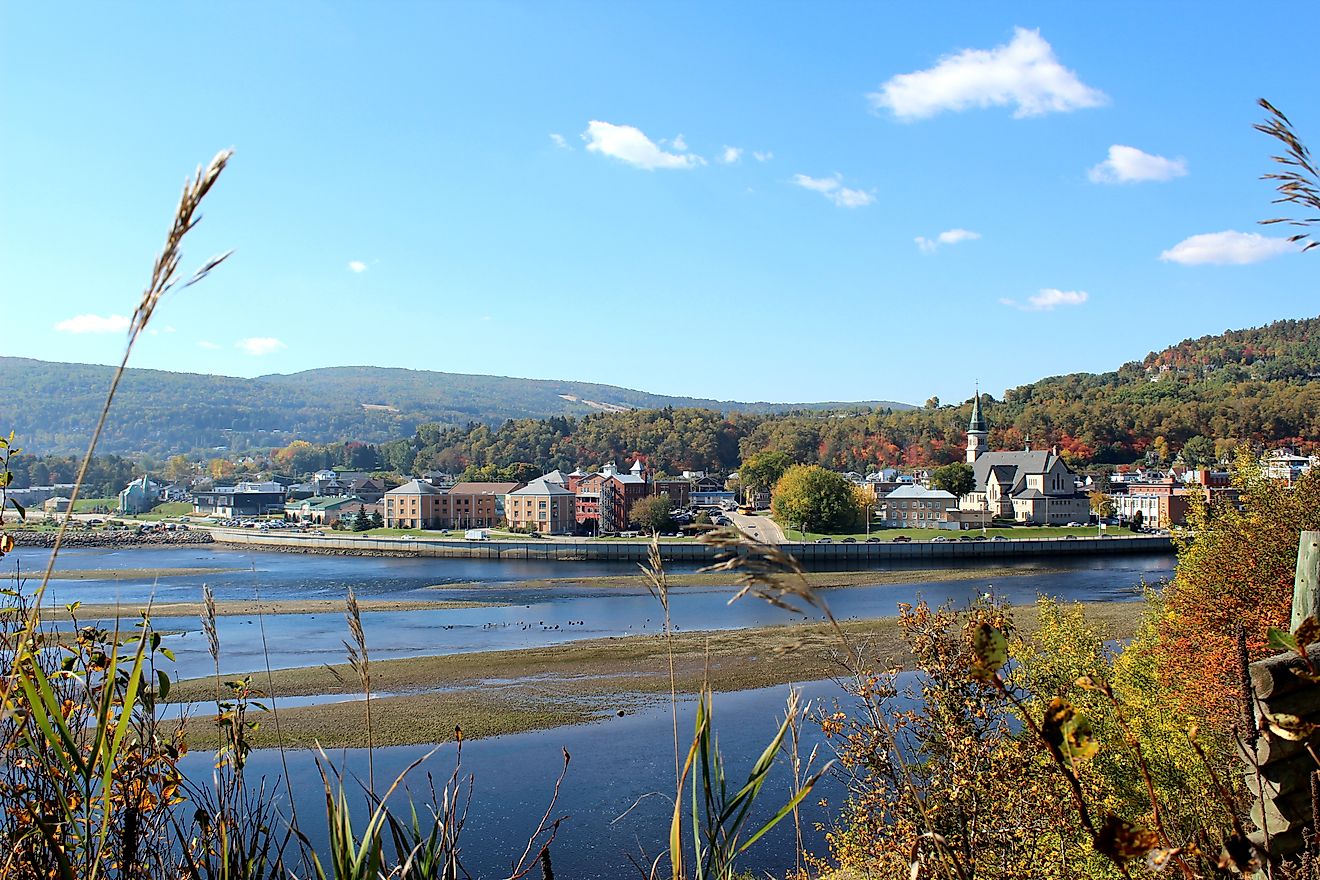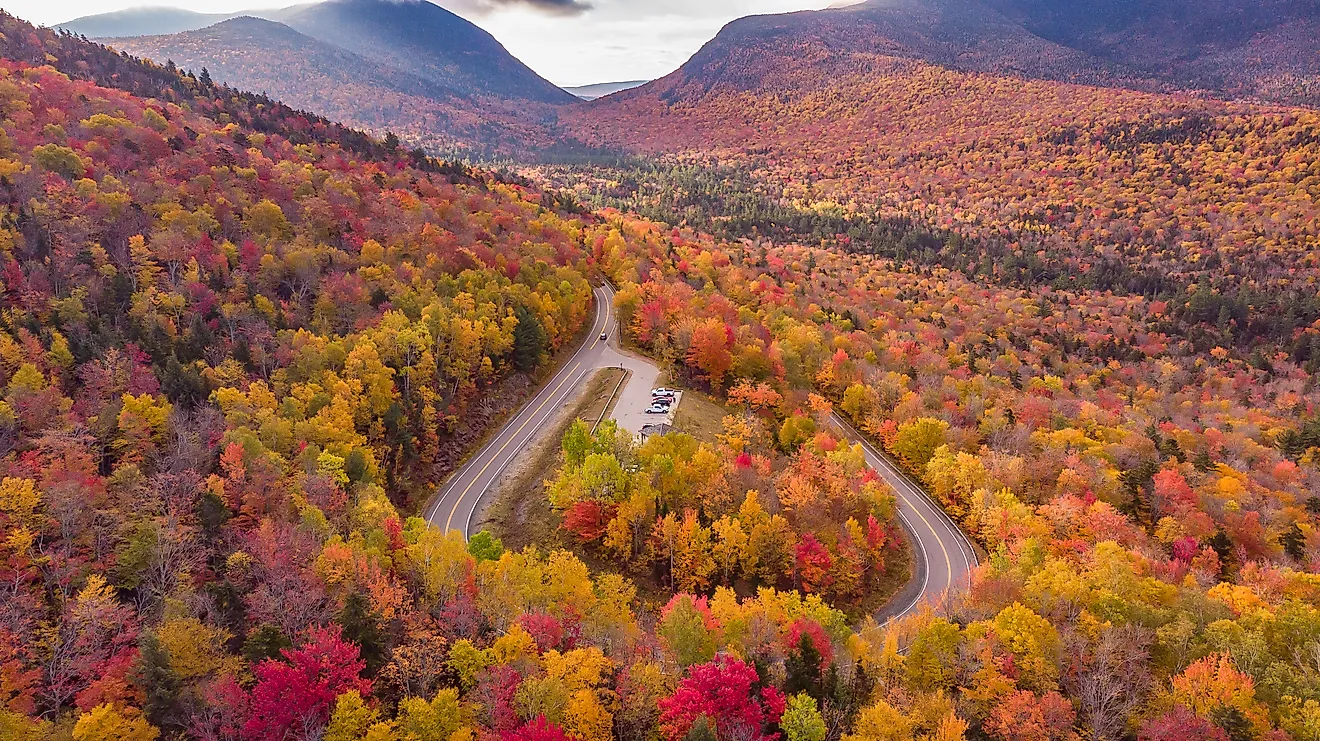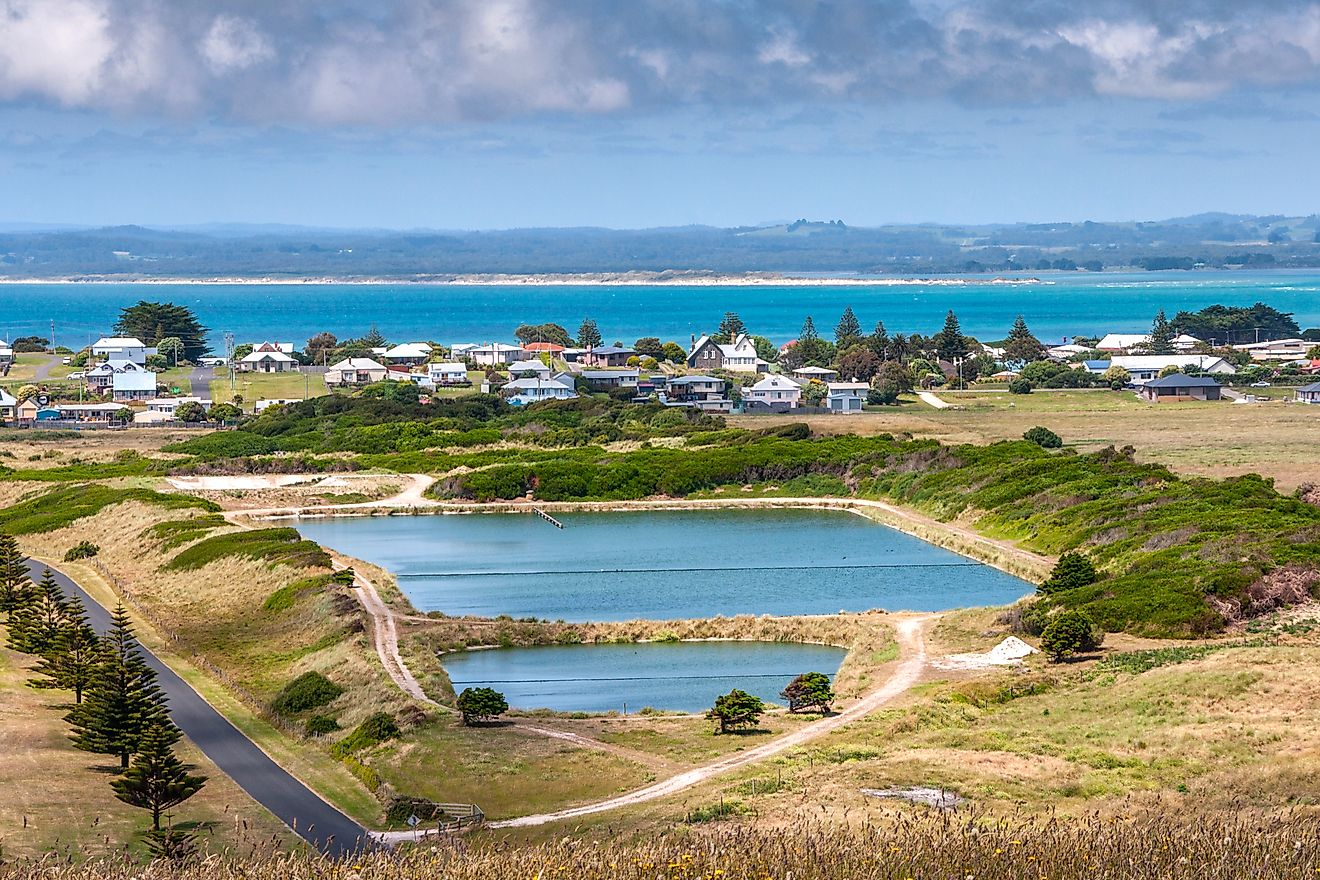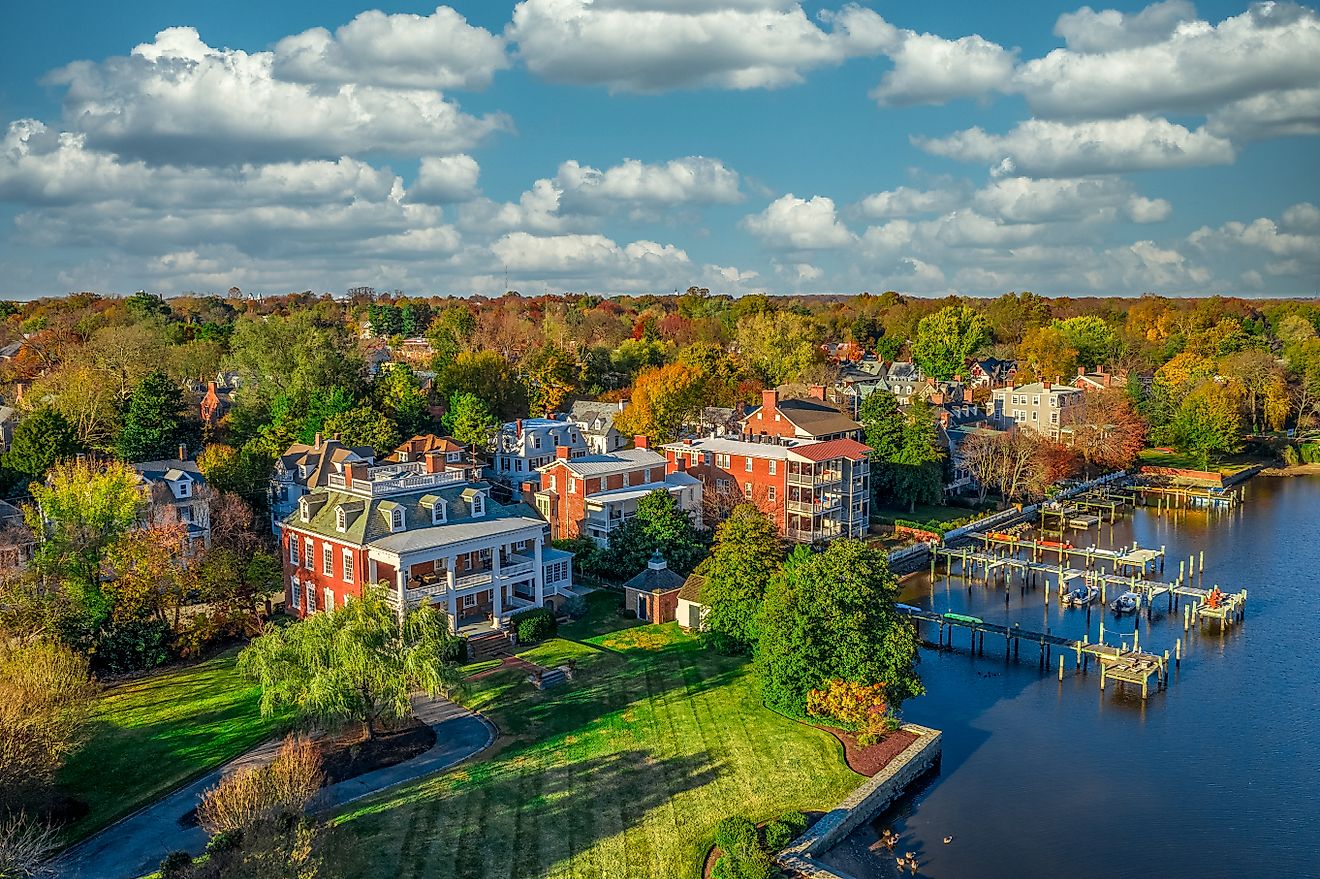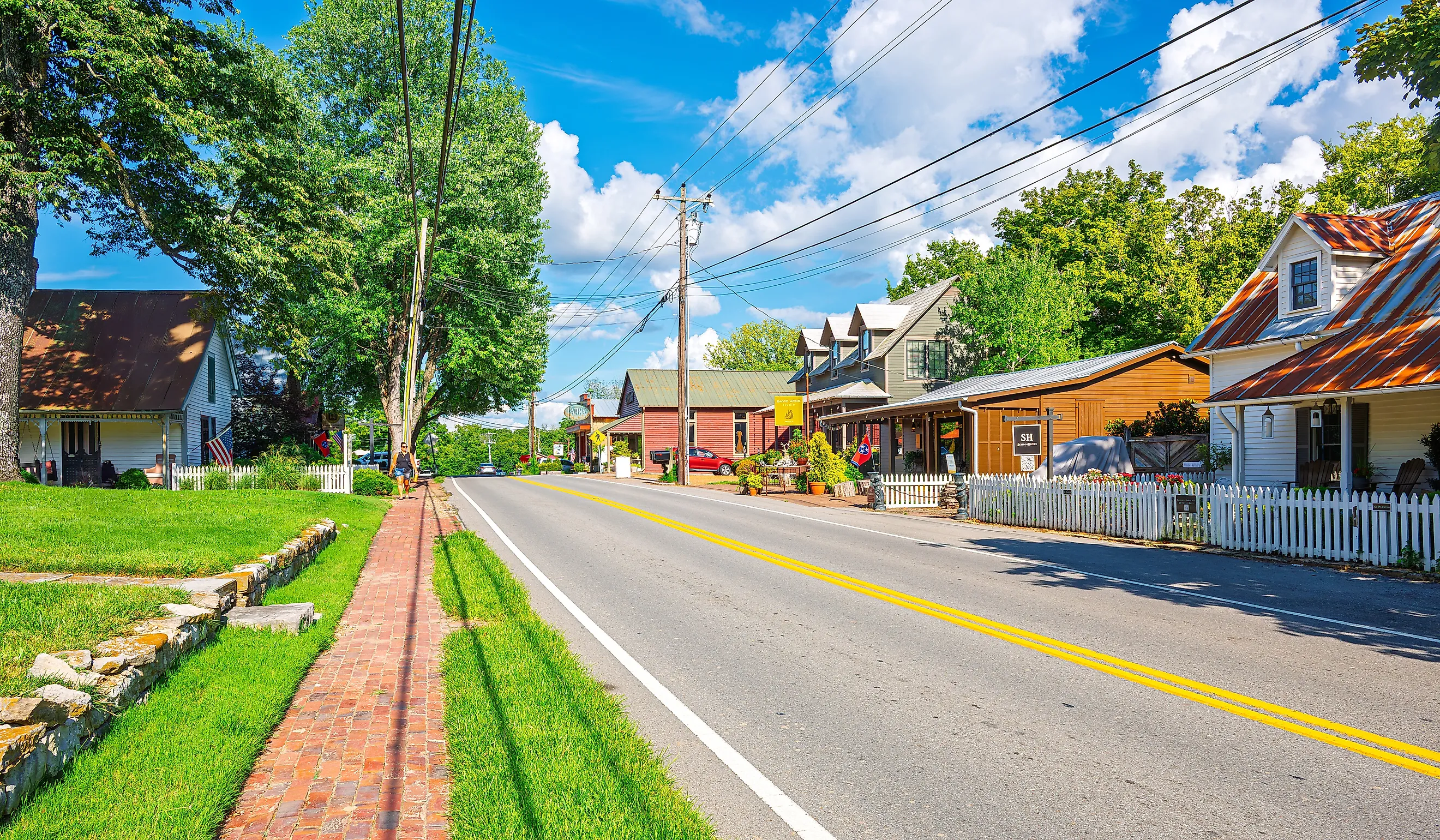
6 Scenic Road Trip Stops Along The Natchez Trace Parkway
Stretching roughly 444 miles from Nashville, Tennessee, to Natchez, Mississippi, the Natchez Trace Parkway follows one of North America’s oldest travel routes. Long before it became a scenic highway, the Trace served as a footpath for Indigenous peoples, traders, and settlers moving between the Mississippi River and the southern Appalachians.
As you travel the parkway, you’ll pass through forests, fields, and historic communities, seeing a landscape that has changed little over the centuries. You can explore quiet towns, wetlands, and stretches of wilderness, taking in both the natural beauty and the history that shaped this region.
Leiper’s Fork, Tennessee

Leiper’s Fork is a small community nestled in the hills southwest of Franklin, Tennessee, home to just a few hundred residents yet full of creative energy and Southern charm. Along Old Hillsboro Road, galleries and shops reflect its artistic character.
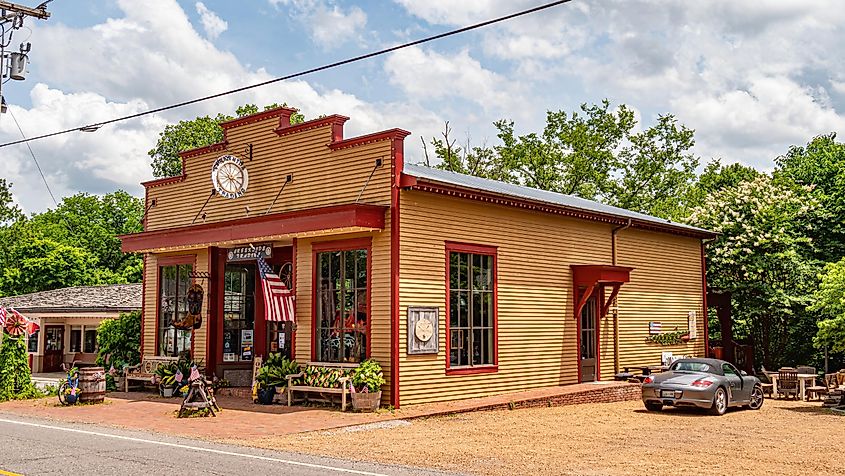
At Leiper’s Creek Gallery, you can view paintings, sculptures, and photography from regional artists in a space that feels personal and inviting. Nearby, Props Antiques offers vintage furniture, rare collectibles, and décor that tell the story of the area’s past. Walking through these local spaces feels like stepping into a thoughtfully preserved piece of small-town Tennessee.
If you want a taste of the region, Puckett’s Restaurant serves hearty Southern fare in a family-run setting. With rolling hills, open pastures, and winding country roads all around, Leiper’s Fork blends artistic expression with the simple pleasures of rural life.
Jackson Falls And Fall Hollow, Tennessee

Jackson Falls and Fall Hollow are two notable natural features along the Natchez Trace Parkway, each tucked into shaded forests with its own waterfall.
Jackson Falls sits in a high valley where the stream now drops into the Duck River Valley, leaving its original course behind. A short trail leads down to a clear pool at the base, where water cascades over sculpted limestone ledges among surrounding hardwoods.
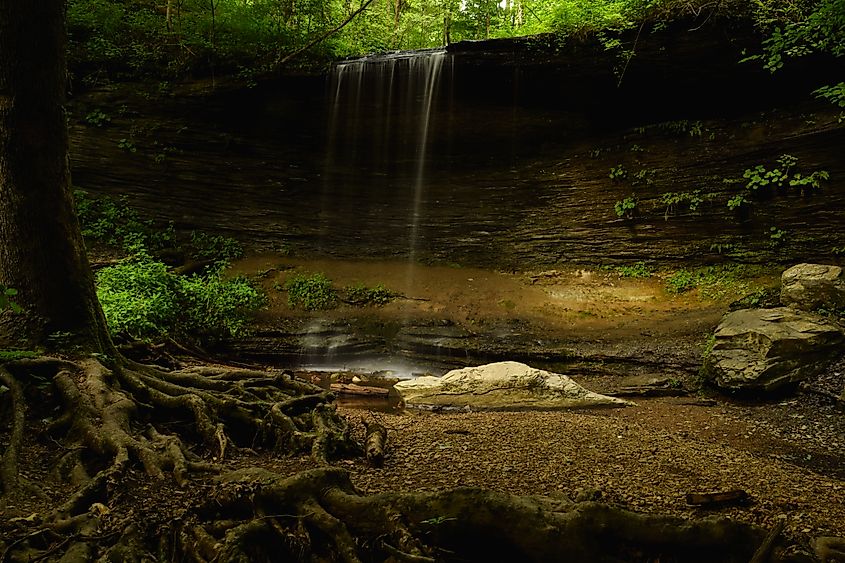
Fall Hollow, a short distance south near Hohenwald, features a roughly 20-foot waterfall that can be heard from the trailhead. A brief walk along the shaded trail brings you to a viewing platform at the base for a closer look at the cascade. Both sites give you a chance to see native wildflowers, ferns, and wildlife in a quiet forest setting.
French Camp Historic Village, Mississippi
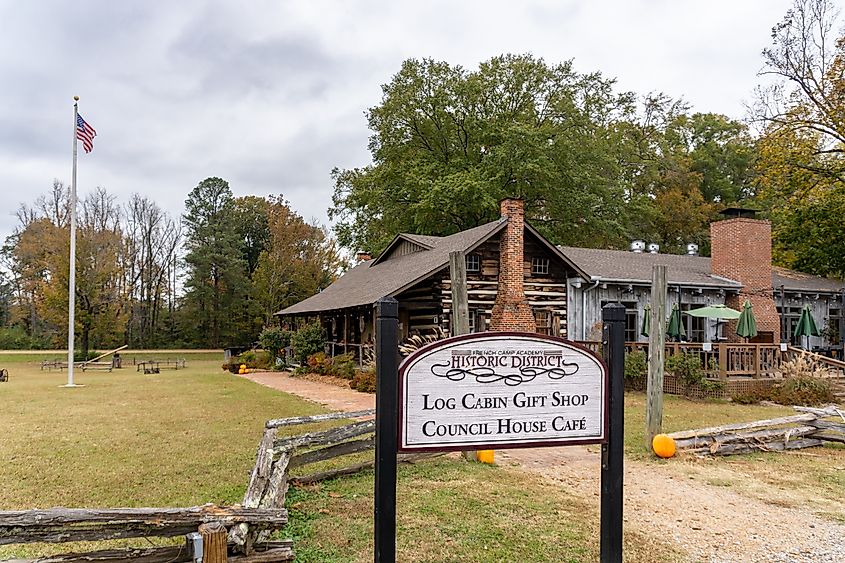
At French Camp Historic Village, you can see what life along the early Natchez Trace was like. Founded as a trading post and school in the early 19th century, the village includes log cabins, workshops, and a small museum displaying frontier-era tools and household items. At the nearby Log Cabin Gift Shop, you can browse handmade arts and crafts, quilts, and other items, many made by students and local artisans, and watch live craft demonstrations.
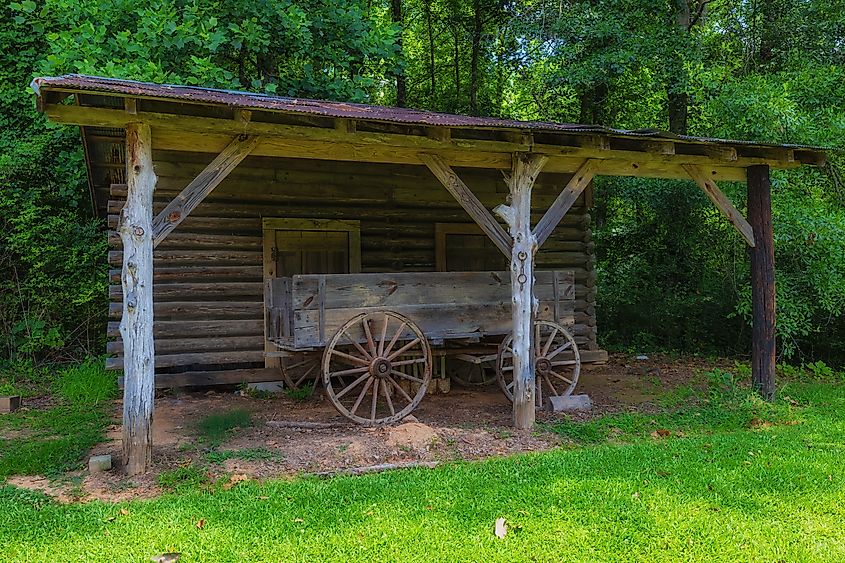
For a meal, the Council House Restaurant serves Southern-style dishes in a rustic French Country setting, complete with an outdoor deck and large fireplace. If you stay overnight, the Main House bed and breakfast, made of three authentic cabins relocated from Eupora, offers a large front porch with rocking chairs overlooking open fields where birds and other wildlife are often visible. Inside, the rooms combine historic charm with modern comfort, with large windows framing the surrounding landscape.
Emerald Mound, Mississippi
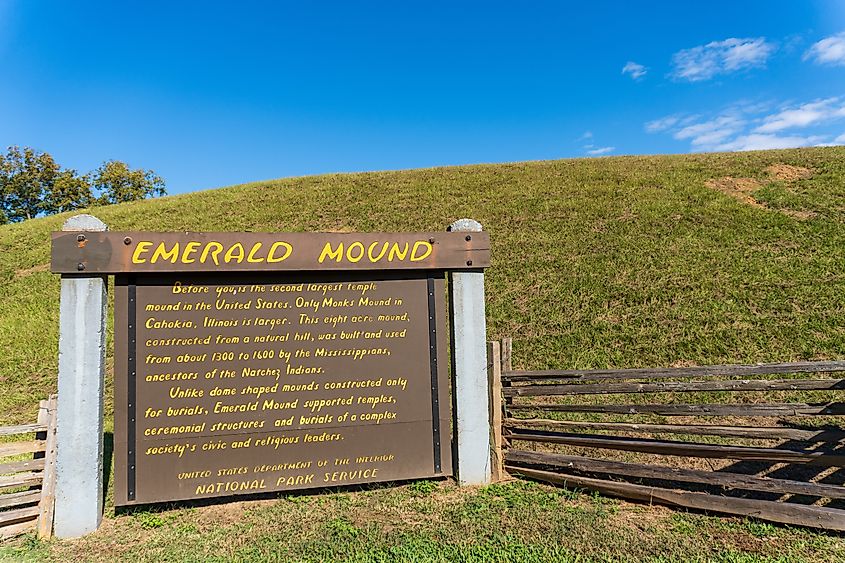
Continuing along the Natchez Trace Parkway, you’ll find Emerald Mound, one of the largest ceremonial earthworks in the United States. Built by the Mississippian culture between 1200 and 1730 CE, the mound covers nearly eight acres and rises approximately 35 feet. The summit likely supported ceremonial structures or temples, while smaller secondary mounds nearby suggest a complex social and ceremonial organization.

A simple trail leads to the top of the mound. With no paved walkways or modern visitor facilities, the site allows you to focus on the structure itself. From the summit, you can see the surrounding meadows and woodlands, giving a clear sense of the mound’s scale and historical importance.
Port Gibson, Mississippi
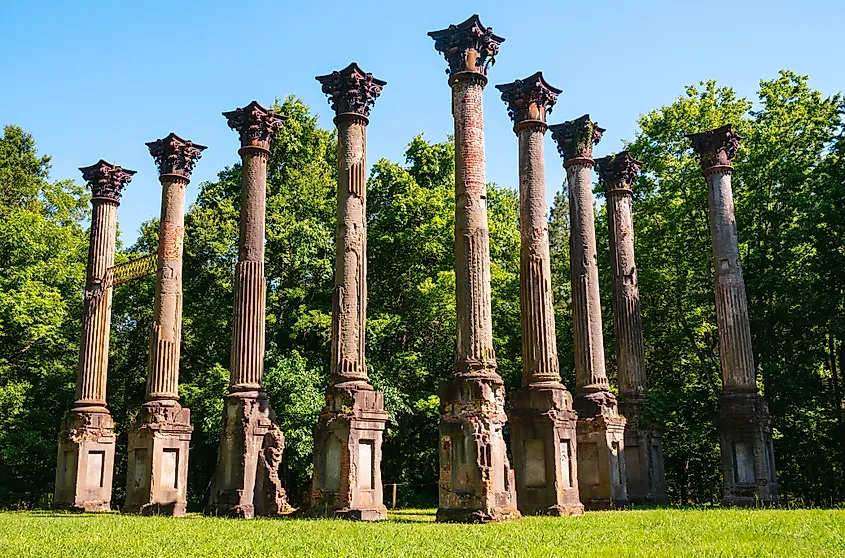
Port Gibson is one of Mississippi’s historic small towns along the Natchez Trace Parkway. Its streets are lined with oak trees, and the town features antebellum homes. The First Presbyterian Church, with its gilded hand steeple, reflects the town’s 19th-century architecture. Local accounts say Gen. Ulysses S. Grant spared the town during the Civil War, reportedly calling it “too beautiful to burn.”

Nearby, the Windsor Ruins are the remains of a pre-Civil War mansion destroyed by fire in 1890. Today, 23 Corinthian columns remain standing, surrounded by trees. Port Gibson and the Windsor Ruins provide insight into the architecture and history of the region.
Cypress Swamp, Mississippi

Cypress Swamp is a natural area where a wooden boardwalk passes over still, tea-colored waters. The swamp occupies a former course of the Pearl River. As the river changed direction over time, shallow areas formed where sediments accumulated, allowing bald cypress and water tupelo seedlings to take root. These trees can survive extended periods of flooding, and the forest you see today grew from those early seedlings.

The trail crosses an abandoned river channel where black willow, sycamore, and red maple may gradually replace some of the cypress and tupelo. Wildlife is abundant, including dragonflies, frogs, wading birds, and occasionally juvenile alligators on logs. The site also serves as a trailhead for the Yockanookany Section of the Natchez Trace National Scenic Trail, giving you options to hike in either direction.
Must-Visit Sights Along Natchez Trace Parkway
As you can see, the 444-mile Natchez Trace Parkway features a variety of iconic landmarks and must-see stops. The route connects forests, wetlands, small towns, and historic sites, including communities like Leiper’s Fork with its local shops and galleries, waterfalls such as Jackson Falls and Fall Hollow, and preserved historic areas like French Camp Historic Village and Port Gibson. Natural landmarks like Emerald Mound and Cypress Swamp highlight the region’s ecological and cultural diversity, offering a continuous view of the landscapes that shaped this historic corridor.
